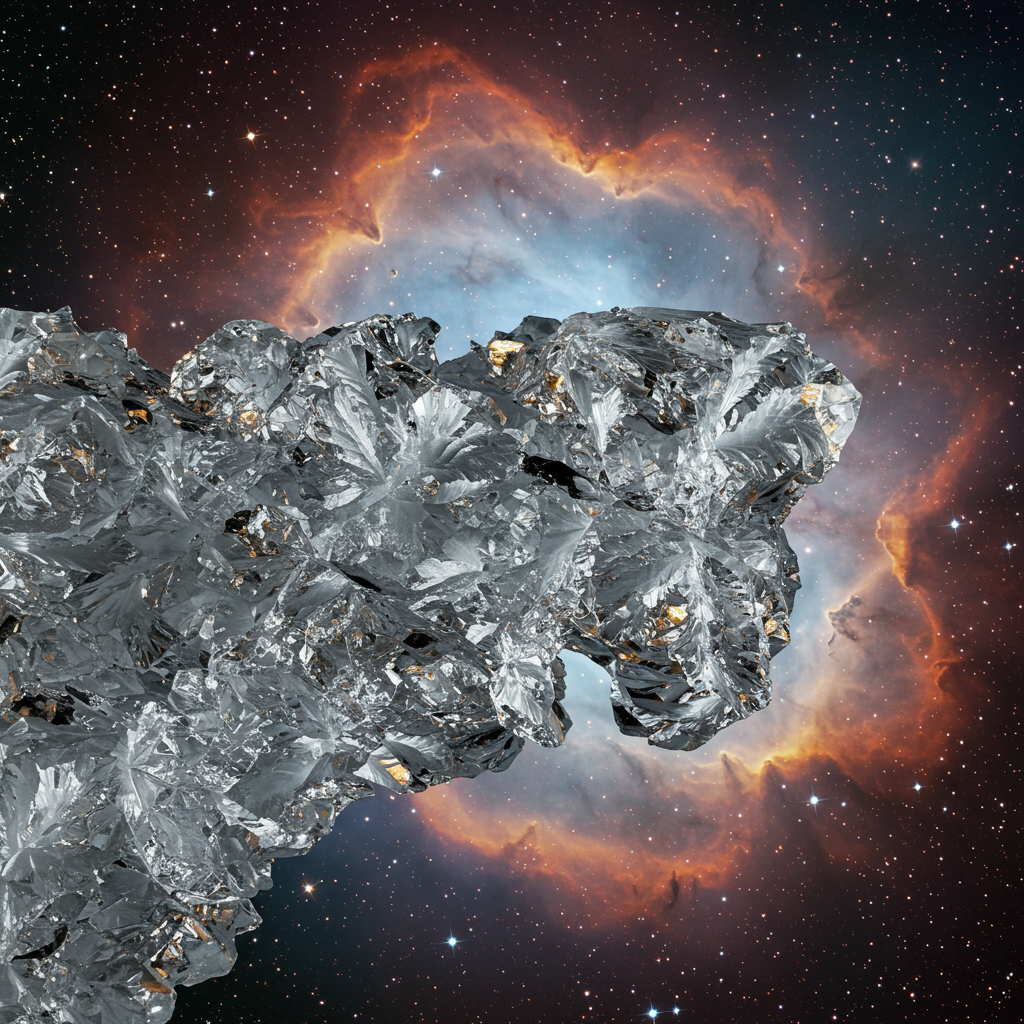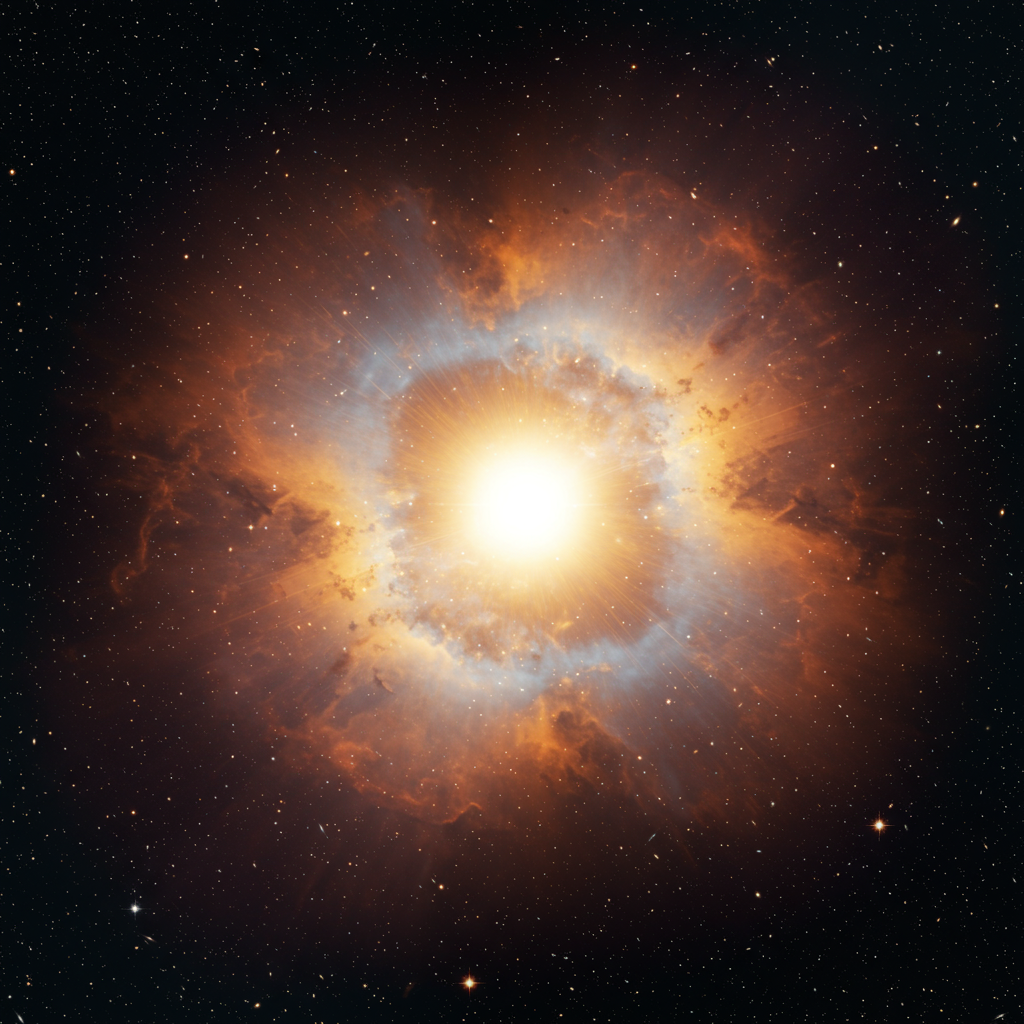Unraveling a Cosmic Mystery: Where is the Universe’s Missing Matter?
Astronomers have made a significant breakthrough, using data from the European Space Agency’s (ESA) XMM-Newton and the Japan Space Agency’s (JAXA) Suzaku X-ray space telescopes. They’ve discovered a massive filament of extremely hot gas, which could account for a substantial portion of the universe’s long-sought “missing” normal matter. This finding is a powerful validation for our current models of the cosmos, confirming predictions about where this elusive material might reside.
For decades, scientists have puzzled over a discrepancy in the universe’s composition. Based on observations of the early universe, there should be a certain amount of ordinary or baryonic matter – the stuff that makes up stars, planets, and life (protons, neutrons, etc.). However, when astronomers tally up the visible matter in stars, galaxies, and dense gas clouds, they find only about two-thirds of what’s expected. Approximately one-third of this “normal” matter appears to be missing from our direct view. (It’s important to note this isn’t the same as dark matter or dark energy, which make up the vast majority of the universe’s total mass-energy, with dark matter outweighing baryonic matter roughly five to one). Cosmological simulations predicted that this missing baryonic matter wasn’t hiding in dense objects but was instead spread thinly across the vast spaces between galaxies, forming a diffuse network of hot gas filaments known as the cosmic web. Observing these faint structures, however, has been incredibly challenging.
A Giant Thread Found in the Cosmic Web
The newly identified structure is just such a predicted filament, immense in size and blistering in temperature. Located within the Shapley Supercluster – one of the most massive structures in the nearby universe, situated about 650 million light-years away – this filament spans approximately 23 million light-years. To put that in perspective, that’s equivalent to traversing our own Milky Way galaxy end-to-end around 230 times! This colossal thread of hot gas contains an estimated mass equivalent to about ten times that of the Milky Way galaxy. Furthermore, the gas within this filament is astonishingly hot, clocking in at over ten million degrees Celsius, causing it to emit faint X-rays. The filament specifically bridges four galaxy clusters within the supercluster, connecting two pairs of sub-clusters (A3528S/N and A3530/32).
Combining Telescopes to See the Unseen
Spotting such a diffuse, faint structure is notoriously difficult. Emissions from bright objects like nearby galaxies and supermassive black holes can easily contaminate observations. The key to this discovery lay in combining the strengths of two different X-ray telescopes. JAXA’s Suzaku telescope (which ended its mission in 2015) was ideal for detecting the broad, faint X-ray glow spread over a wide area. ESA’s XMM-Newton, a venerable observatory that has been operational for more than a quarter-century, then provided crucial high-resolution data. XMM-Newton was used to precisely pinpoint and isolate contaminating bright X-ray sources within the filament’s path, allowing astronomers to filter them out and reveal the pure signal from the filament’s gas itself.
ESA XMM-Newton Project Scientist Norbert Schartel hailed this collaborative approach as a “great example of collaboration between telescopes,” setting a new benchmark for how astronomers can identify the faint light emanating from cosmic web filaments. He also noted that while XMM-Newton had previously found evidence of this material through absorption (where the gas blocked light from background sources), this discovery directly observes it in emission (where the hot gas itself emits X-rays).
Validating Cosmic Models
The successful detection and detailed characterization of this specific filament are major achievements in cosmology. Crucially, the properties of the filament – its size, temperature, and estimated mass – align remarkably closely with predictions derived from leading computer simulations of the universe’s large-scale structure and evolution. Lead researcher Konstantinos Migkas of Leiden Observatory emphasized this point, stating, “For the first time, our results closely match what we see in our leading model of the cosmos – something that’s not happened before… It seems that the simulations were right all along.”
This finding provides strong observational support for the standard model of the cosmos and validates decades of theoretical work suggesting that the universe’s missing normal matter was woven into these hard-to-see filamentary structures. It not only helps account for some of the universe’s missing baryonic matter but also deepens our understanding of the cosmic web – the vast, invisible scaffolding that dictates the large-scale distribution of galaxies and matter throughout the cosmos.
While observing such diffuse structures remains challenging, the success of this combined-telescope method provides a clear path forward. Concepts for future X-ray observatories are already being developed with the specific aim of mapping more of these vital threads of the cosmic web, bringing us closer to fully accounting for all the matter in the universe.
References
- <a href="https://www.theregister.com/2025/06/19/esasxmmnewtonfinds_filaments/”>www.theregister.com
- <a href="https://www.esa.int/ScienceExploration/SpaceScience/XMM-Newton/Themodelswererightastronomersfindmissing_matter”>www.esa.int
- www.sciencealert.com
- <a href="https://www.theregister.com/2025/03/13/esaspacehpccenterinaugurated/”>www.theregister.com
- <a href="https://www.theregister.com/2025/05/08/nasabudgetreaction/”>www.theregister.com




